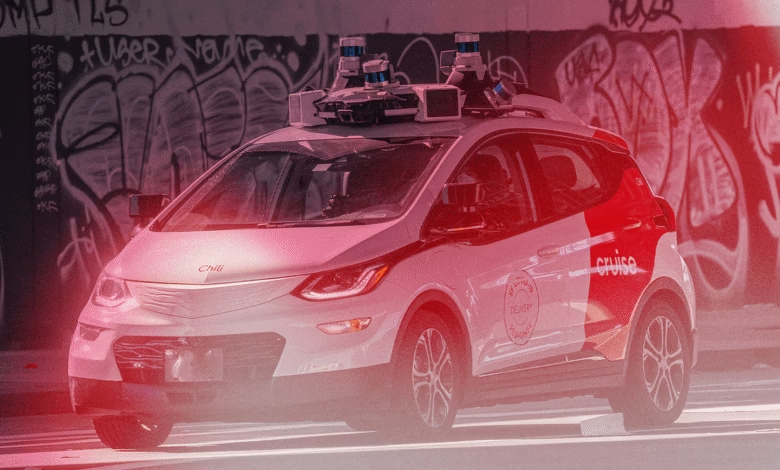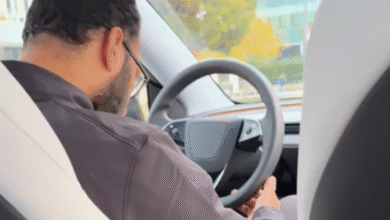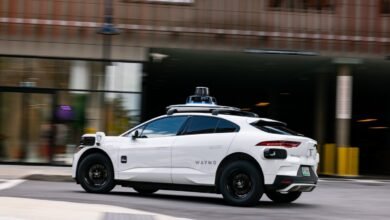GM’s Cruise Cars Return to Roads in 3 States, No Ride-Hailing Yet

▼ Summary
– GM is repurposing some Cruise robotaxis for internal testing of advanced driver-assistance systems, using trained drivers in select locations like Michigan, Texas, and the Bay Area.
– The repurposed vehicles, like the Bolt spotted in San Francisco, retain Cruise’s sensor equipment but lack visible branding, with names like “Mint” still in use.
– GM took full ownership of Cruise in February 2024, removing Cruise logos and quietly restarting testing after halting public robotaxi operations in late 2023.
– Cruise’s shutdown followed a 2023 pedestrian incident, regulatory issues, and GM’s decision to focus on car manufacturing rather than costly robotaxi services.
– GM is leveraging Cruise’s technology to improve its Super Cruise driver-assistance system, while the broader robotaxi industry continues to evolve with competitors like Waymo.
GM’s Cruise vehicles have quietly returned to public roads in three states, marking a new chapter for the automaker’s autonomous driving ambitions. While these cars aren’t offering ride-hailing services yet, they’re being used to refine driver-assistance technologies under human supervision. Recent sightings in California’s Bay Area revealed modified Bolt EVs equipped with rooftop sensors, though without the distinctive Cruise branding.
A GM spokesperson confirmed the company is conducting internal testing with a small fleet of former Cruise vehicles in Michigan, Texas, and California. These retrofitted Bolts, now stripped of their orange-and-white Cruise logos, are helping engineers improve simulation models and next-generation driver-assistance systems. One vehicle spotted in Oakland bore the name “Mint,” a leftover from Cruise’s earlier naming convention for its robotaxi fleet.
This testing represents GM’s effort to salvage value from its costly $8 billion investment in Cruise, which collapsed last year following a high-profile accident in San Francisco. After a pedestrian was struck by a Cruise vehicle, which had initially been hit by a human-driven car, the company faced regulatory scrutiny, lost its operating permit, and ultimately shut down its robotaxi operations. GM CEO Mary Barra later called the venture a distraction from core automotive business.
Despite the setback, Cruise’s technology lives on in GM’s Super Cruise system, an advanced hands-free driving feature available in select models. The automaker claims 60% of Super Cruise users actively engage with the system, which handles lane changes and emergency braking. The repurposed Bolts now contribute to further refining these capabilities as GM competes with rivals like Tesla and Waymo in the race toward autonomous driving.
While Cruise’s original vision of driverless taxis remains shelved, its legacy continues on highways where sensor-laden test cars are a common sight. From tech firms to mapping companies, the roads have become a proving ground for next-gen mobility, and GM isn’t ready to bow out just yet.
(Source: Wired)





